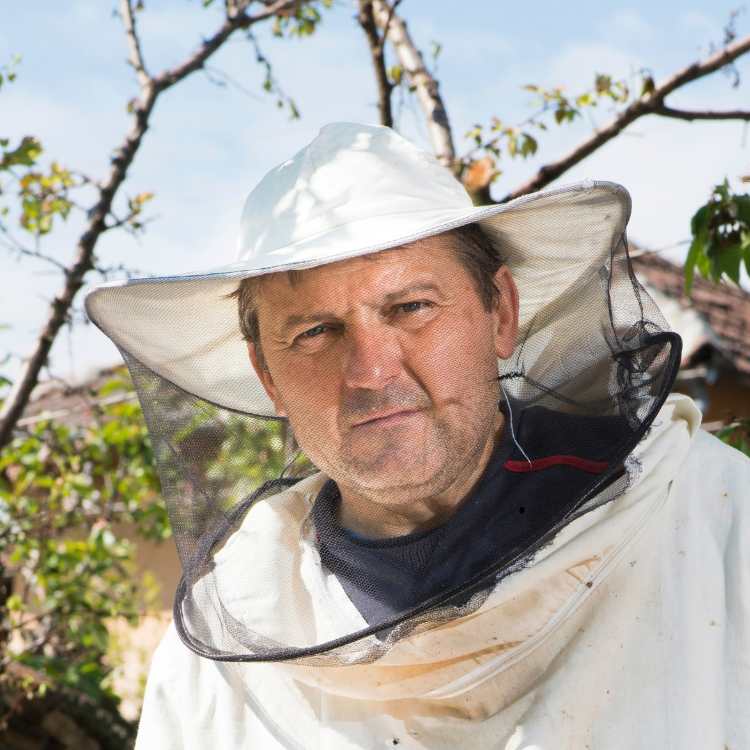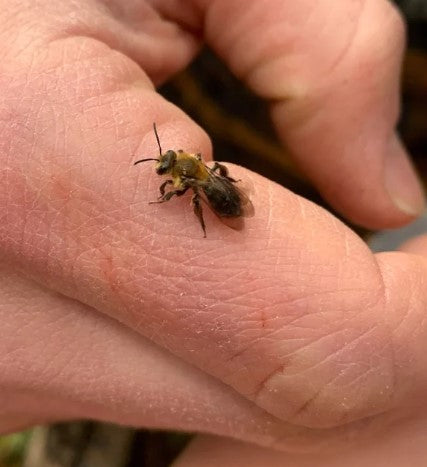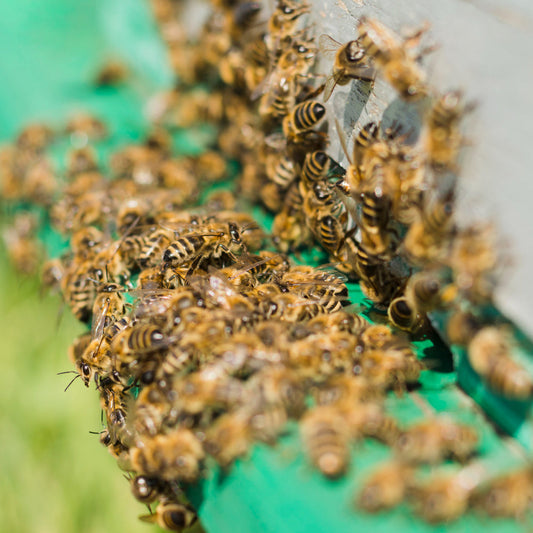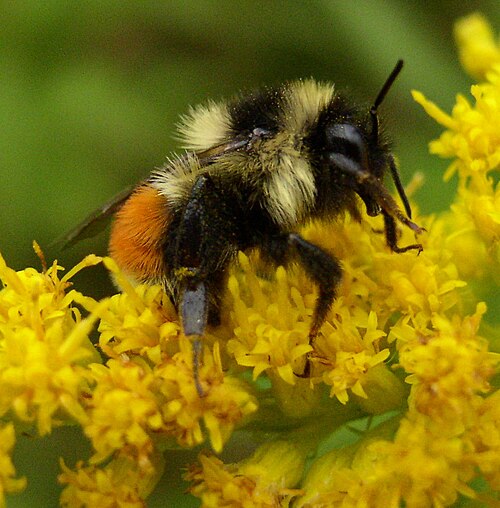Honeybees are crucial for maintaining biodiversity and supporting agriculture. Yet, somehow, their proximity to human living spaces can pose significant challenges. We guess it is never pleasant having bees buzzing around you. They might well sting. And swatting them does not offer any solution. Managing bees effectively, especially when they become a potential hazard, requires their careful removal. Among the most viable options to help with this, homemade honeybee sprays seem to be the best alternative. Thanks to being natural and environmentally friendly, these have become a preferred solution for many. But how effective are they? Let’s understand the practicality and the limitations.
Why DIY honeybee sprays?
These homemade sprays are much celebrated since they are super easy and cheap to make. Plus the natural and eco-friendly side of things is a real bonus. Made with ingredients readily available at home like soap, essential oils, and other things, these promise to be safer than chemical alternatives. This also means that these honeybee sprays are safe around kids and pets too. Unlike their chemical counterparts, DIY solutions are aimed at repelling instead of killing.

Making a safe and easy DIY honeybee spray
How to make one?
Here is a simple and easy way to make honeybee sprays at home.
Mix soap and water
This is a classic recipe that involves mixing liquid soap with water. This solution works great by breaking down the bees’ waxy outer coating. This impairs their ability to fly. Spray it on a hive to see the results at once.
Effectiveness: These are ideal for small scale infestations or individual bees. However, it is important to note that this is quite ineffective for larger colonies.
Environmental impact: In contrast to chemical honeybee sprays, soap solutions leave behind minimal residue after drying and is safe for the environment.
Add peppermint oil
Like other essential oils, peppermint oil too offers a very strong aroma to repel amost all insects. Simply add a few drops of pure peppermint essential oil into your soap water solution and spray as usual.
Effectiveness: While peppermint oil can deter bees from specific areas, it is pretty much non-effective against larger hives.
Additional benefits: The scent can be super pleasing and thus doubles up as a natural air freshener. This makes it quite popular for indoor applications.
Cinnamon and Cayenne Pepper
Consider adding ground spices like cinnamon and cayenne pepper to the mix, as the strong aroma is quite repugnant for the insects. Add a small amount to the spray mixture to bolster the deterrent effect.
Effectiveness: Using spices in your honeybee spray works like a charm since it discourages the bees from returning to the treated area. However, like other options, these do not work with hive infestations.
The practical application and limitations of A DIY honeybee spray
It is very important to note that these homemade sprays are best suited as preventative measures and to manage minor nuisances. Spray your homemade solution on potential entryways for bees regularly to see the best effects. However, the utility is diminished when dealing with larger hives or aggressive species.
Challenges of DIY sprays
- Safety concerns: Attempting to spray bees directly, especially near their hives, can provoke severe aggression. Spray from a safe distance to decrease the likelihood of stings.
- Inconsistent results: The effectiveness of the honeybee spray made at home will heavily be dependent on the formula and application technique. Without precise mixing of the ingredients or targeted spraying, results will vary.
- Short term solution: Natural sprays wear off quite easily and therefore require frequent reapplication. This is especially true for outdoor environments. Rain and humidity can wash it away quite easily.
When to call the professionals?
The DIY honeybee spray is not going to be super effective in managing infestations at home or in the attic. This is when professional intervention becomes crucial. You should call in the big guns when dealing with
- Large colonies: Addressing extensive infestations requires specialized equipment and expertise to ensure the safety and effectiveness.
- Aggressive species: Certain ones such as the Africanized bees, can be highly defensive and be significantly risky if disturbed.
- Nest removal: Removing a hive safely with needs professional support since this can be a super delicate process.
Engaging with professionals not only helps to remove hives and honeybees safely but they also adopt methods that minimize any harm to the insects. Beekeepers, for instance, can relocate the hive to a safer location to ensure that the bees continue to thrive in a natural setting.

Professional beekeepers taking care of honeybees
Striking the right balance between safety and conservation
Remember that bees are indispensable to our ecosystem. Their humongous role in pollination of our foods cannot be overlooked and any effort to control bee populations near humans should be aimed to preserve these vital insects whenever possible. So, before you resort to sprays, we suggest homeowners to explore other bee friendly deterrents, such as planting natural repellents like citronella, and eucalyptus. Also, relocating flower pots away from high traffic areas can help to reduce unwanted bee attention.
These DIY honeybee sprays can be quite effective in minor situations and can help deter bees. Plus, being affordable and easy to make, these have become quite practical solutions for households. However, it is also important to acknowledge the limitations that these DIY solutions come with. Find the right balance of priorities and manage bee related challenges responsibly and sustainably.
Want to explore more about honeybees and beekeeping? Explore our full blog here.





